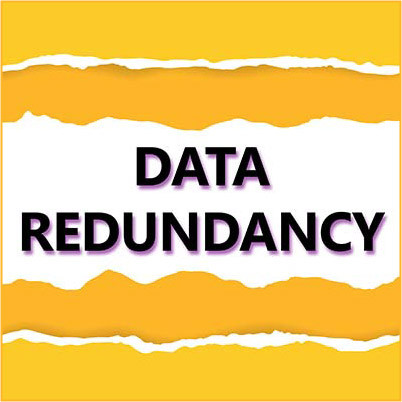USA Computer Services Blog
When It Comes to Your IT, a Little Redundancy Can Be a Really Good Thing
We often use the term “redundant” to describe technology, and it’s easy to see this word and think about it in a negative way. However, in business technology, the exact opposite is true, and redundancy is widely seen as not just an important component of any successful IT strategy, but a critical one. What does redundancy mean to your business technology, and how can you make sure you implement it in the appropriate way?
The term “redundancy” can mean two separate things. Sometimes it is referred to as something within your organization that is not needed. It might even be referred to as “bloat,” which has a significant negative connotation, where you have too much of something on your infrastructure that is slowing it down or overcomplicating it. However, this is not the definition that we are discussing today. The other definition is the most important one and the one your business should understand.
On the other side of these definitions is the more positive one, where you include extra technology, solutions, data, or otherwise in your computing infrastructure just in case your systems fail. Consider it the ultimate fail-safe or safety net, just in case you experience a considerable disaster or scenario where your business cannot function properly. When your systems are redundant, they are secure, and when your operations are redundant, they can continue even under devastating circumstances.
One service that you often hear described as “redundant” is data backup and disaster recovery, and for good reason. It’s always a good idea to have a data backup solution in place, but not all solutions are going to give you the same value. Some are more redundant than others and limit downtime, an incredibly important component to reduce costs associated with disaster scenarios. Your data can be considered redundant when it is stored in multiple locations, like with a BDR solution.
A solid practice is to practice the three-two-one rule: three copies of your data in total, with two being in separate physical locations, and one in the cloud for ease of access.
This same concept can be applied to other parts of your technology infrastructure. For example, storing your data in the cloud can make it more accessible, and hardware virtualization can eliminate the need for hardware acquisition in some cases. However, you should have on-site devices on the off-chance your infrastructure is inaccessible. This is where redundancy comes in, and it should be practiced whenever possible.
USA Computer Services can help your company achieve true data redundancy and operational redundancy. To learn more, reach out to us at (704) 665-1619.


Comments